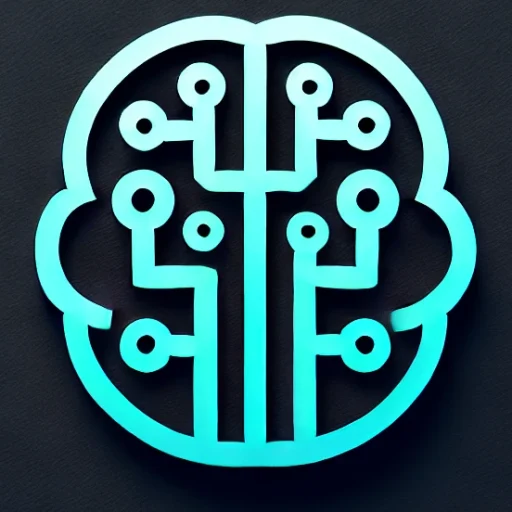
The Rise of Generative AI: Transforming Industries and Shaping the Future
In recent years, the landscape of artificial intelligence has been punctuated by rapid advancements and groundbreaking innovations. Among these, generative AI stands out as a transformative force poised to revolutionize numerous sectors. With its ability to create new content and solutions, generative AI is reshaping the creative, industrial, and technological landscapes. Let’s dive into the current developments, real-world applications, challenges, and the exciting prospects that generative AI holds.
Key Insights & Latest Advancements
Generative AI, driven by sophisticated algorithms like Generative Adversarial Networks (GANs) and Variational Autoencoders (VAEs), has achieved remarkable feats. The surge in its capabilities is illustrated by models such as OpenAI’s GPT series, which demonstrate proficiency in generating human-like text, and DALL-E, known for its ability to create vivid images from textual descriptions.
The latest advancements in generative AI are characterized by increased computational efficiency and enhanced model accuracy. New architectures, inspired by transformers and neural networks, are continually being developed, pushing the boundaries of what AI can achieve in content generation. These innovations are complemented by strides in unsupervised learning, allowing models to learn more autonomously from vast data sets without explicit labels.
Real-World Applications
Generative AI is not just an academic curiosity; it is actively reshaping industries in tangible ways:
-
Creative Industries: In arts and entertainment, generative AI is influencing music composition, digital art, and even scriptwriting. AI-generated music is being used in films and games, while digital artists collaborate with AI to create new aesthetic experiences.
-
Healthcare: In the medical field, generative models assist in drug discovery by simulating molecular interaction scenarios, accelerating the pathway from concept to tested treatments. They are also used in crafting personalized medical recommendations and predictive healthcare strategies.
-
Manufacturing & Design: Generative design in manufacturing harnesses AI to optimize products and parts for performance and cost, a technique gaining traction in automotive and aerospace industries. AI-driven simulations can assess thousands of design permutations, producing solutions that human designers might overlook.
-
Customer Service & Interaction: Chatbots and virtual assistants powered by generative AI improve customer interaction by providing more natural, contextually aware, and emotionally intelligent responses.
Challenges & Future Outlook
Despite its potential, generative AI faces significant challenges:
-
Ethical Concerns: The power to generate realistic content also brings the risk of misuse, such as deepfakes and manipulated media, raising questions about authenticity and trust.
-
Data Privacy: As these models require massive data sets to train effectively, concerns about privacy and data protection have become more prominent.
-
Bias and Fairness: Generative models can inadvertently reflect and perpetuate societal biases present in training data, necessitating rigorous bias detection and mitigation strategies.
Looking ahead, the future of generative AI is bright yet demanding. Researchers and developers are focusing on enhancing the interpretability and transparency of AI models while ensuring ethical deployment. The integration of generative AI with other emerging technologies such as quantum computing and edge AI holds promise for even more groundbreaking applications.
Conclusion
Generative AI is undeniably a pillar of the ongoing AI revolution, possessing the potential to drive innovation across a multitude of domains. While challenges persist, the benefits of generative AI are profound, offering enhanced creativity, efficiency, and problem-solving capabilities. As we navigate this exciting frontier, the onus is on stakeholders across industries to harness this technology responsibly, fostering a world where AI augments human potential rather than overshadowing it.
Whether in creative realms or transformative industrial applications, generative AI is a testament to the power of human ingenuity and the endless possibilities that lie ahead. As we continue to advance, the key is to balance innovation with ethical stewardship, ensuring that the future shaped by AI is both bright and equitable.

